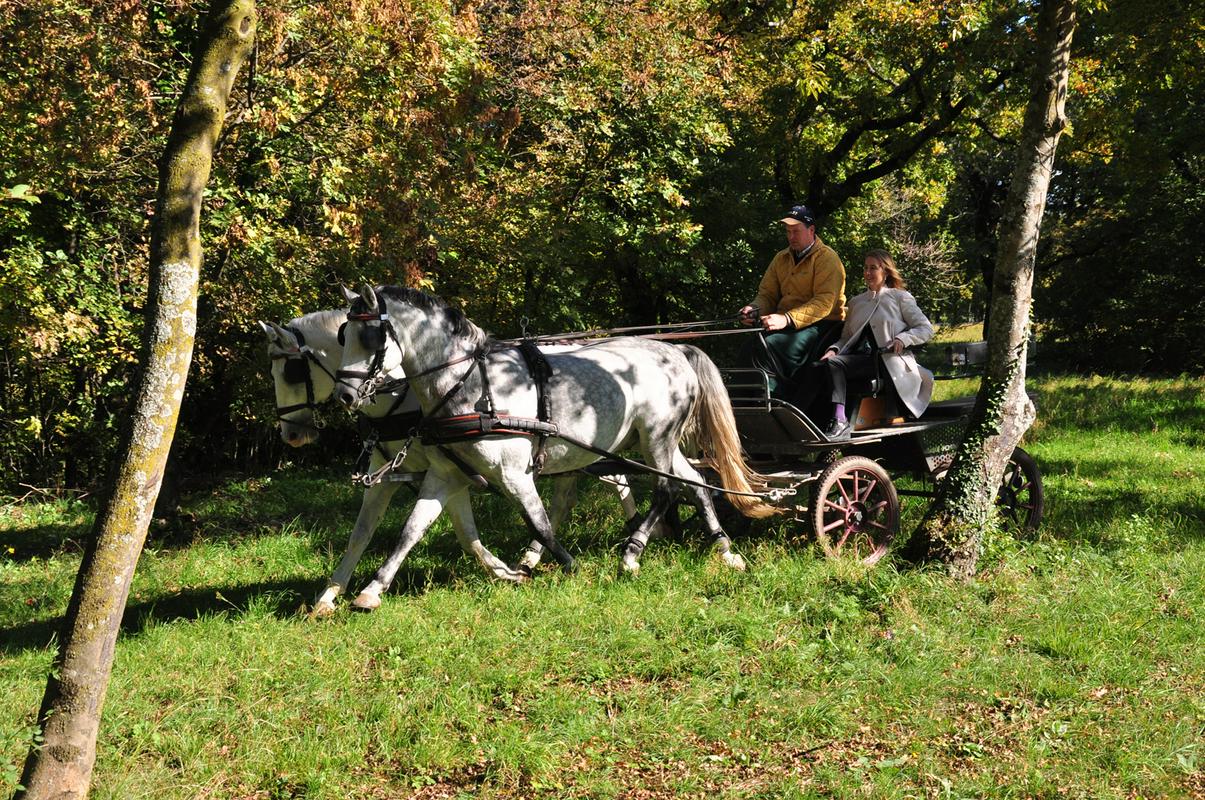Lipica is a tiny settlement on Slovenia’s wind-swept Karst Plateau, but its fame extends well beyond the country’s borders. The area is the ancestral home of the Lipizzan horse, and a museum now tells the story of how one of the world’s most famous horse breeds emerged in this wild, sparsely populated part of Slovenia.
It all began in 1580, when the Hapsburgs established a stud farm just outside the village of Lipica. The area’s dry climate with strong Mediterranean influences was thought to be especially suitable for horse breeding. By crossing various horse breeds from Europe and beyond, imperial horse breeders managed to create a brand-new, unusually graceful breed of horse, which became known around the world as the Lipizzan.
The story of the Lipizzan’s origin is just one of several subjects covered at Lipica’s Lipikum Museum, which opened in 2011, after six years of construction. As they enter the museum building, visitors are greeted with the sound of galloping horses – and a number of interactive exhibits that combine sound and video to tell the story of the Lipizzan. Even the colors of the walls have a meaning: Gray-brown at first, they gradually turn white – just as young Lipizzans change their colors when they mature.
Assorted skeletons are used to show how horses evolved over time, and various displays present the central role that horses have played in mythology and art. Visitors are then encouraged to take a closer look at the Lipizzan. A multimedia presentation helps them to imagine the passing of the seasons in Lipica – from howling winter winds to mid-summer thunderstorms – and learn how the area’s environment shaped the Lipizzan horses. Other exhibits tell the story of Lipizzan stud farms around the world, as well as some of the lesser-known aspects of the breed’s history, including large-scale evacuations of horses in time of war.
Around the world, the Lipizzan still tends to be more closely identified with Austria than Slovenia. The Lipikum Museum hopes to raise awareness of the history of the Lipizzan and the remote Slovenian village that gave the world-famous breed its name.


































































